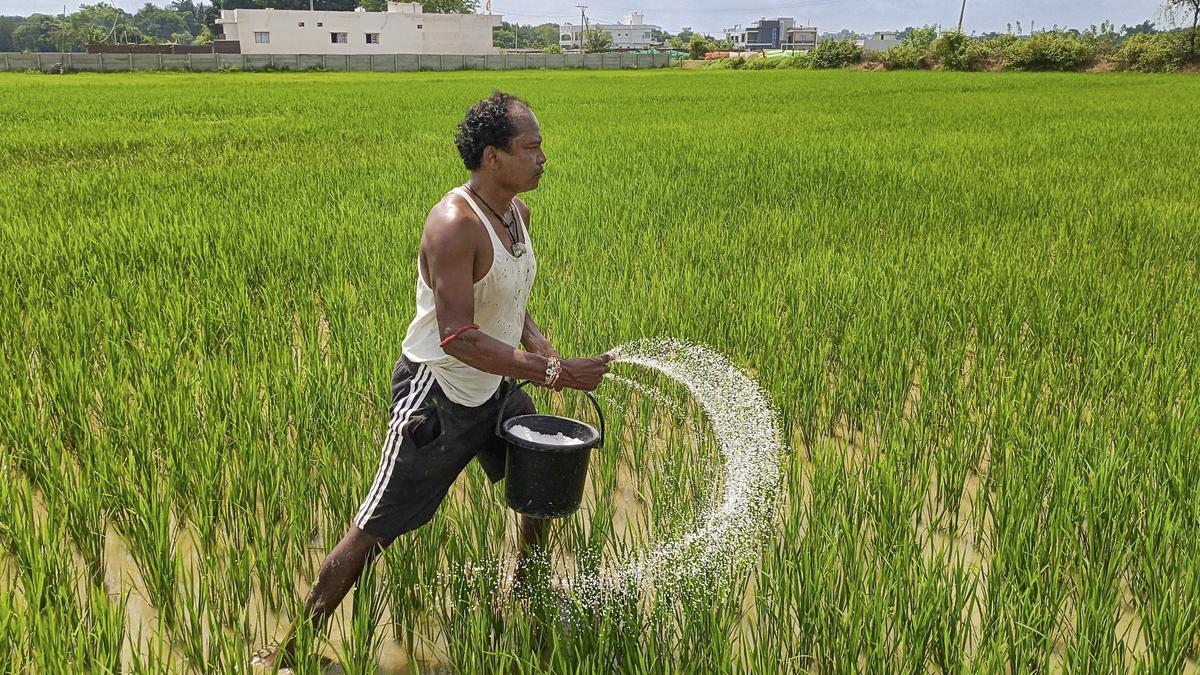By Parashram
Copyright thehindubusinessline

India’s bioeconomy is emerging as a sunrise sector with immense potential for rural transformation and sustainable growth. Valued at over $80 billion in 2021, it is projected to reach $300 billion by 2030. The sector’s dynamism is evident in the surge of biotech start-ups (over 1,100 were launched in 2021), R&D spending crossing $1 billion, and India’s global leadership in vaccine production and testing during the pandemic.
Since the bioeconomy is fundamentally rooted in agriculture, forestry, fisheries, and bio-resources, the co-operative sector — with its grassroots reach and farmer participation — is a natural stakeholder. For India, the co-operative business model could be the key to linking bio-based innovation with inclusive development.
Agriculture and bio-based production
Co-operatives already have a proven track record in India’s rural economy, particularly in dairy, sugar, seeds, and credit. Extending this experience into the bioeconomy can generate value across food, feed, bio-based materials, and bioenergy. The government’s recent creation of a National Multi-State Seed Co-operative Society is one step in this direction, designed to improve Seed Replacement Rates (SRR) and Varietal Replacement Rates (VRR) by involving farmers directly in seed production and distribution. A similar National Agricultural Bioeconomy Co-operative could help scale up innovation, integrate farmers into value chains, and ensure that the benefits of the bioeconomy are widely shared.
Circular economy linkages
A thriving bioeconomy depends on the principles of a circular economy — reuse, repair, and recycle. India’s sugar, dairy, and fertilizer co-operatives generate vast quantities of waste, much of which can be repurposed into energy, biofertilizers, and industrial inputs. If systematically integrated, these waste streams can reduce pollution, substitute petrochemical products, and create new income avenues for rural producers.
Forest co-operatives and new opportunities
India’s 80.9 million hectares of forest and tree cover, accounting for nearly a quarter of its geographical area, offers significant potential for a forest bioeconomy. Forest co-operatives can sustainably mobilise biomass — from branches and shrubs to non-timber produce — for bio-based consumer goods and energy, reducing dependence on fossil fuels while supporting forest-dependent communities.
Government initiatives and policy push:
The Centre has launched several programmes to accelerate the bioeconomy:
Together, these initiatives align with the government’s twin vision of Atmanirbhar Bharat and making India “energy independent” by 2047.
The co-operative advantage
Unlike private firms or state agencies, co-operatives combine economic viability with social equity. They are deeply embedded in local communities, possess existing organisational structures, and enjoy public trust. By systematically mobilising these networks, India can:
Towards ‘Sahakar se Samriddhi’
India’s bioeconomy is not just about technological breakthroughs; it is about reimagining rural livelihoods and ecological stewardship. Co-operatives — already the backbone of dairy and sugar revolutions — can be repositioned as the engines of a sustainable bioeconomy. Extending the vision of “Sahakar se Samriddhi” (prosperity through co-operation) into this new frontier could ensure that India’s bioeconomy becomes both a growth driver and a model of inclusive, climate-resilient development.
The author is Agricultural Economist
Published on September 28, 2025



